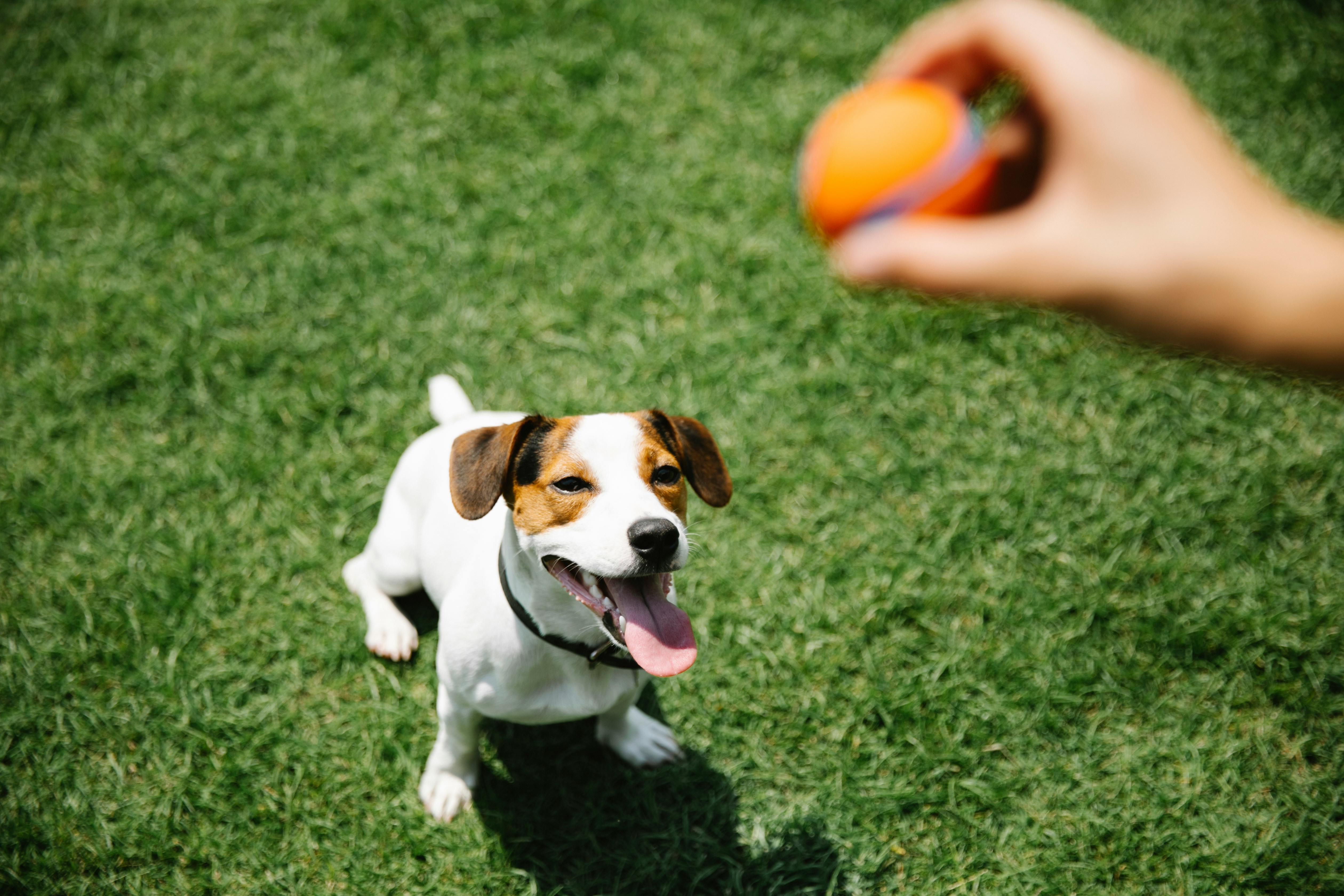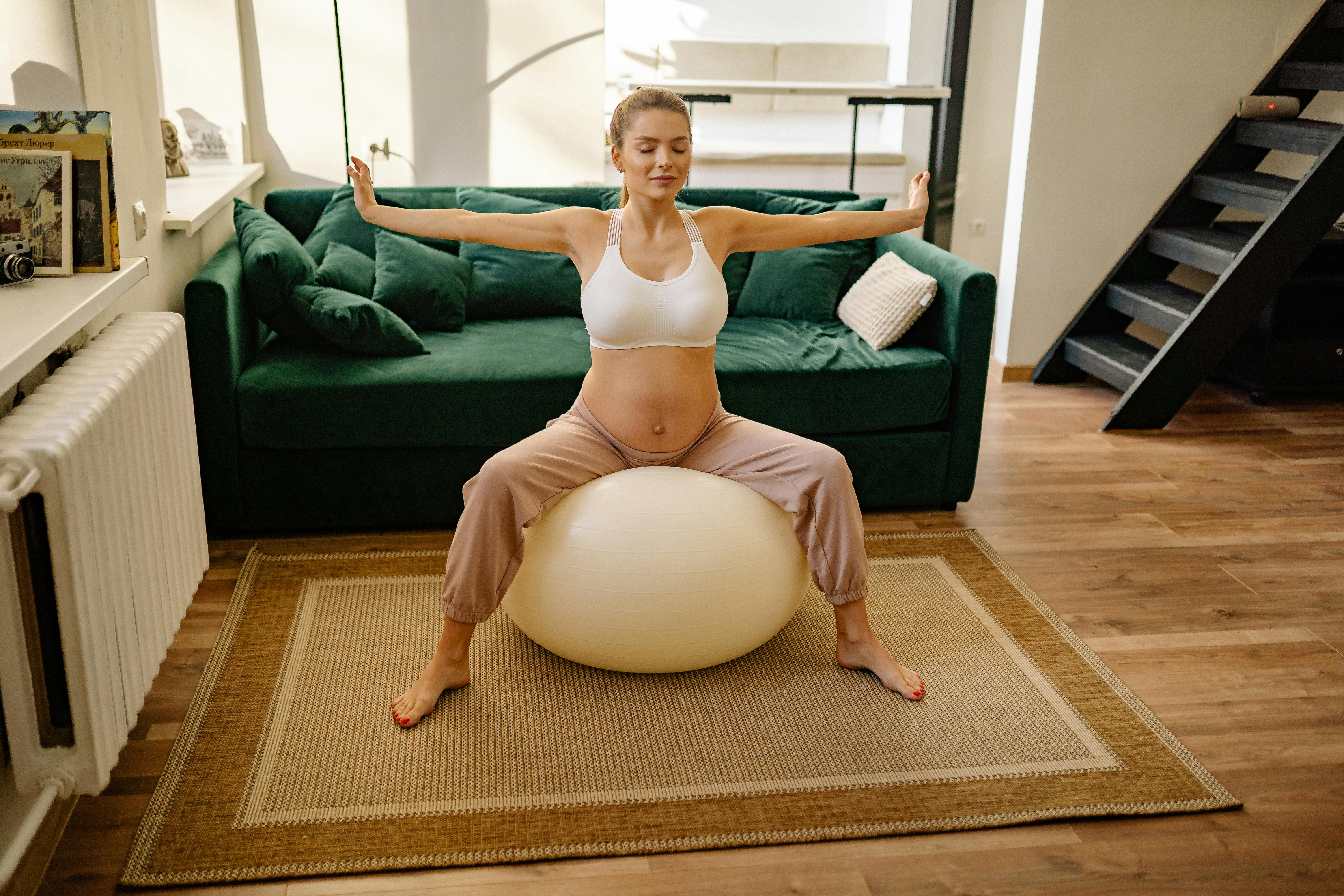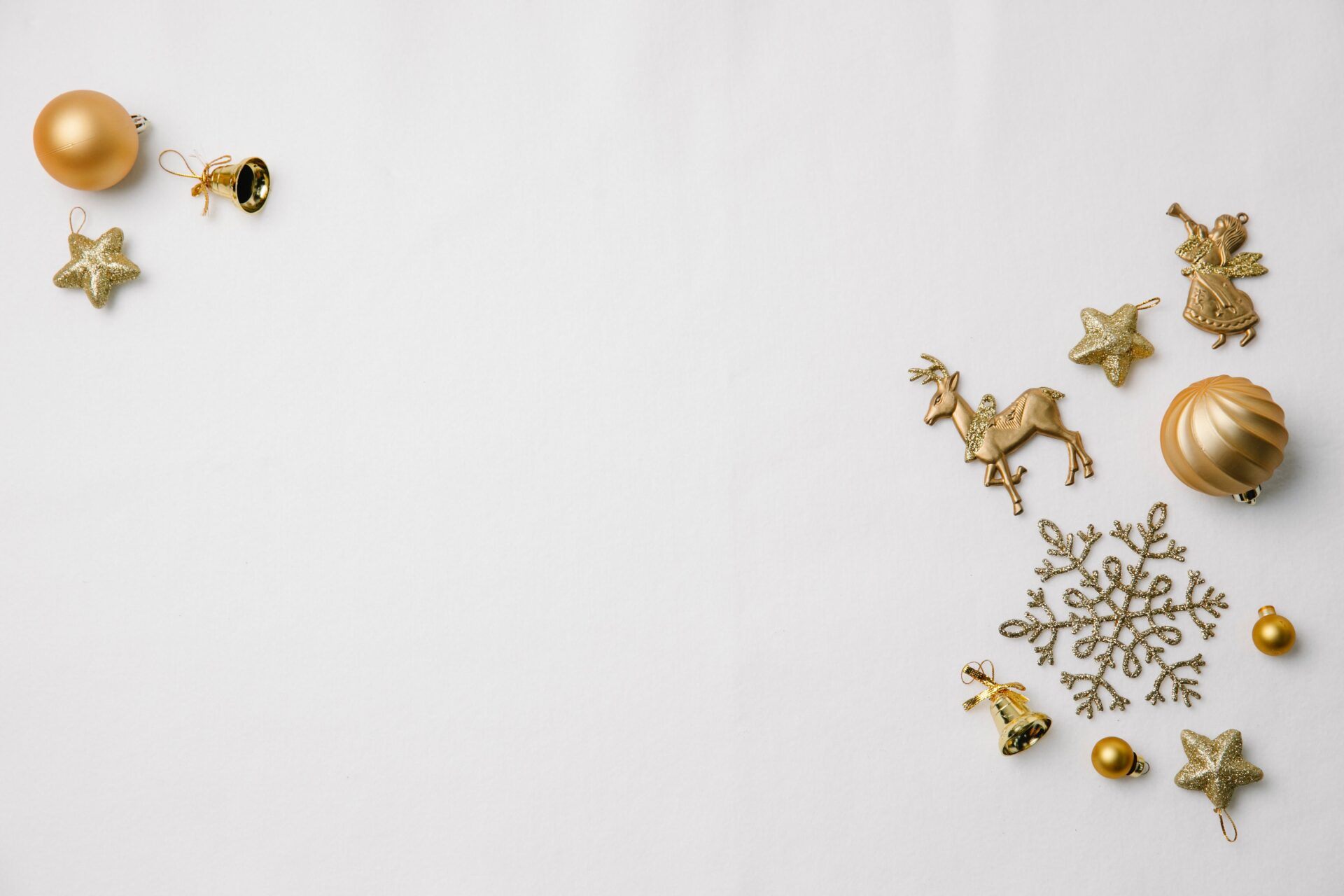Pregnancy Balls, or Exercise Balls, are a great way to stay fit and healthy during pregnancy. They help to strengthen your core muscles and provide support for your back while exercising. But with so many different sizes on the market, it can be difficult to know which one is best for you. In this article, we’ll look at the different sizes of Pregnancy Balls available and help you decide which size is right for you.A pregnancy ball is a large, inflatable exercise ball that is used to help women during pregnancy. It can be used for a variety of exercises that are designed to strengthen the core muscles, improve posture and flexibility, and reduce stress on the lower back and joints. Pregnancy balls can also be used for comfort while sitting or lying down.
What Are the Benefits of Using a Pregnancy Ball?
Pregnancy balls are widely used during pregnancy to help reduce aches and pains, improve balance, and ease labor. They work by allowing you to sit or lie on them in different positions, gently stretching and strengthening your muscles and ligaments as you move. This can help to alleviate back pain, improve posture, aid digestion, increase circulation and help to prevent pelvic floor problems. Additionally, the gentle rocking motion can help reduce stress and anxiety levels during pregnancy.
Using a pregnancy ball can also help prepare your body for labor. Sitting or bouncing on the ball can encourage the baby to move into an optimal position for birth, while also helping to strengthen your abdominal muscles in preparation for pushing during labor. The balls can also be used as a birthing aid during labor itself, providing support for different positions that may make labor more comfortable.
Finally, the use of a pregnancy ball postpartum can be beneficial too. It can help you regain core strength as well as aiding with any back pain or pelvic floor issues that may have developed during pregnancy or childbirth.
When Should I Start Using a Pregnancy Ball During Pregnancy?
Exercising during pregnancy can have a number of benefits for both mother and baby. One type of exercise that many pregnant women find beneficial is the use of a pregnancy ball. However, it’s important to understand when the best time is to start using a pregnancy ball during pregnancy.
The general rule is that you should not start using a pregnancy ball until you are at least 12 weeks pregnant. This will give your body time to adjust to the changes of being pregnant and ensure that the muscles and ligaments are not overstretched or strained too quickly. Some women may be able to start earlier than this, but it’s important to check with your doctor before beginning any type of exercise program during pregnancy.
When starting out with a pregnancy ball, it’s important to begin slowly and work up gradually. Start by doing gentle stretches on the ball, such as pelvic tilts or hip circles. As you become more comfortable with the movements, you can add in more advanced exercises, such as squats or leg lifts. Make sure to keep your movements slow and controlled and stop if you feel any discomfort or pain.
It’s also important to make sure that you use the correct size of ball for your height and weight. If the ball is too big or too small, it can be difficult to maintain balance and control your movements properly. If possible, try out several different sizes before purchasing one to make sure it feels comfortable for you before beginning any exercises on it.
Overall, using a pregnancy ball can be an effective way to stay active during pregnancy while helping prepare your body for labor and delivery. However, it’s important that you understand when the best time is for starting this type of exercise so that you don’t overdo it or put yourself at risk for injury or strain. Always check with your doctor first before beginning any type of exercise program during pregnancy and make sure that you are taking all necessary precautions when using a pregnancy ball.
How Do I Choose the Right Size Pregnancy Ball?
Choosing the right size pregnancy ball for your needs can be an important decision as it can help to ensure that you get the most benefit from your exercise regimen. The size of the ball that is right for you will depend on your height, weight, and stage of pregnancy. Generally, a larger ball is better suited for taller women or those further along in their pregnancy. It is important to find a ball that fits your body comfortably so you can perform exercises with proper form and alignment.
When choosing a pregnancy ball, look for one that is made specifically for pregnant women. These balls are typically larger than standard exercise balls and are designed with extra cushioning to provide support during pregnancy exercise. You should also look for balls that are made with durable materials and have anti-burst technology to prevent excessive stretching or tearing.
Another factor to consider when choosing a pregnancy ball is the inflation level. It is important to ensure that the ball is properly inflated so it offers enough support but not too much pressure on your body. If you purchase an inflatable ball, make sure to read the instructions carefully so you know how much air to add or remove in order to get the desired inflation level.
When selecting a size, start by measuring yourself from your hips down to your feet while standing up straight; this will give you an estimate of how tall you should go when purchasing a ball. If you’re unsure which size would be best for you, consult with your doctor or physical therapist who can help determine which size would be most appropriate based on your individual needs and preferences.
Overall, finding the right size pregnancy ball can help ensure that you get the most benefit from each workout session while also providing maximum comfort and support throughout your pregnancy journey.
The Benefits of Using a Smaller-Sized Pregnancy Ball
Pregnancy balls, also known as birthing balls, are an excellent way to help pregnant women stay fit and healthy. They offer a great range of benefits for expectant mothers, including improved flexibility, balance, and strength. But for many women, a standard-sized pregnancy ball may be too large and uncomfortable to use. That’s why smaller-sized pregnancy balls are becoming increasingly popular.
Smaller-sized pregnancy balls offer several advantages over traditional-sized ones. For starters, they are much easier to store and transport. This makes them ideal for pregnant women who travel often or who live in small spaces. Plus, smaller-sized balls are more comfortable to use since they require less stretching and exertion than larger ones do.
Another advantage of using a smaller-sized pregnancy ball is that it allows for more flexibility in the exercises that can be done. With a larger ball, some exercises may not be possible or could even cause injury if done incorrectly. But with a smaller ball, pregnant women can safely perform a wide variety of different exercises without worrying about straining themselves or their baby.
Finally, smaller-sized pregnancy balls can help to reduce discomfort during labor and delivery as well. Because they are easier to grip and maneuver than larger ones, small balls can help to make labor more comfortable by providing support in key areas such as the lower back and abdomen. Plus, because they are lighter in weight than larger balls, they can be carried around easily during labor if needed.
In conclusion, smaller-sized pregnancy balls offer many benefits for expectant mothers that larger ones simply cannot match. They are easy to store and transport, provide greater flexibility in exercise selection, and can reduce discomfort during labor and delivery. For these reasons alone, it is no wonder that smaller-sized pregnancy balls have become so popular among pregnant women today

The Benefits of Using a Larger-Sized Pregnancy Ball
Pregnancy balls, also known as exercise balls, are a great way to help pregnant women stay fit and active during their pregnancy. They offer a variety of benefits that can help to improve both physical and mental wellbeing. One of the main advantages of using a larger-sized pregnancy ball is that it provides more stability and support than smaller balls. The larger ball is better able to provide support for the whole body, which is especially important during pregnancy when extra weight can cause instability. In addition to providing more stability, the larger ball also allows pregnant women to stretch further and have more range of motion when working out. This can help to reduce muscle aches and pains associated with pregnancy and improve overall flexibility.
Another benefit of using a larger-sized pregnancy ball is that it provides more comfort than smaller balls. During pregnancy, many women experience back pain due to increased weight and pressure on their spine. The larger ball offers better cushioning for the back, making it easier for pregnant women to remain comfortable while exercising or stretching. Additionally, the larger size can make it easier for pregnant women to find a comfortable position while working out or stretching as they can move around more easily on the bigger ball.
Finally, the larger size allows pregnant women to use heavier weights without compromising their safety or balance while exercising on the ball. This can be beneficial for those who want to maintain an active lifestyle during their pregnancy but may not be able to do so with lighter weights due to instability issues or other safety concerns. Additionally, having access to heavier weights allows pregnant women to work out at higher intensities which can help them get even better results from their workouts.
Overall, using a larger-sized pregnancy ball offers several advantages over smaller balls including increased stability, improved comfort, and access to heavier weights which can help improve physical fitness during pregnancy. For these reasons, many pregnant women choose to use a large-sized pregnancy ball in order to get the most out of their workout routines during this special time in their lives.
What Is the Best Way to Use a Pregnancy Ball?
A pregnancy ball, also known as a birthing ball, is an exercise ball that can help women during pregnancy. It can be used to help with posture, balance, and alignment during pregnancy. It also helps to strengthen the core muscles and provide support for the back and abdomen. When used correctly, a pregnancy ball can be a great tool for preparing for labor and delivery.
The best way to use a pregnancy ball is to start with simple exercises that focus on strengthening your core muscles. This will help you build up strength in your arms, legs, back, and abdomen in preparation for childbirth. You can also use the ball to practice various labor positions such as squatting or leaning forward. This will help you get familiar with different positions that may make labor easier.
It’s important to keep safety in mind when using a pregnancy ball. Make sure that it is properly inflated and secure so it won’t slip or roll away while you are using it. You should also avoid overstretching or doing any exercises that cause discomfort or strain on your body during pregnancy. Lastly, don’t forget to take breaks in between sets so you don’t get too tired or overwork your body during pregnancy.
In addition to strengthening your core muscles, a pregnancy ball can also be used as part of an overall exercise routine during pregnancy. For example, you can do light stretching exercises on the ball such as seated twists and side stretches which can help improve flexibility and mobility throughout the body. You can also use the ball for gentle cardio workouts like bouncing lightly on the ball or walking around in circles while seated on it if your doctor approves of this activity.
Finally, many women find that using a pregnancy ball is helpful for relaxation during labor. Sitting on the ball allows them to rock back and forth which can help reduce tension in their lower back and hips while they wait for contractions to start or intensify. As long as you use the right size of exercise ball for your size and weight while pregnant (and follow all safety guidelines), using a birthing or pregnancyball can be beneficial both before and during childbirth!
Choosing the Right Size
When selecting a pregnancy ball, size is an important factor to consider. The size of the ball should be tailored to your body size. Generally, if you are under five feet tall, a smaller ball is recommended. If you are over five feet tall, opt for a bigger ball. It is also important to choose a ball that provides enough support for your back and hips while maintaining comfort. When sitting on the ball, make sure your knees and hips are at a 90-degree angle. This will help ensure proper posture and support during pregnancy.
Selecting the Right Type
Pregnancy balls come in various types and materials. When selecting one, it is important to choose one that is durable and can support your weight. Most balls are made of rubber or plastic material and come in different sizes and colors. Rubber balls tend to be firmer than plastic balls, but it’s best to try out both materials before making a purchase decision. It’s also important to check the manufacturer’s instructions for proper inflation before use.
Overall, choosing the right size and type of pregnancy ball can help provide comfort during pregnancy while also helping with posture alignment and body strengthening exercises. With so many options available, there is sure to be one that fits all of your needs.

Conclusion
The use of a pregnancy ball is an excellent way to maintain active, healthy muscles and ensure your body is ready for labor. Pregnancy balls can be used for various exercises, including stretching, toning, strengthening, and even relaxation. The size of the ball you should buy will depend on your height as well as the type of exercises you plan to do. It is important to purchase the right size ball for your body so that you can get the most out of it.
In conclusion, choosing the right size pregnancy ball is essential to ensure you get maximum benefits from using one during your pregnancy. Be sure to measure yourself before making a purchase and consult with your doctor or midwife if you have any concerns about which size would be best for you.




